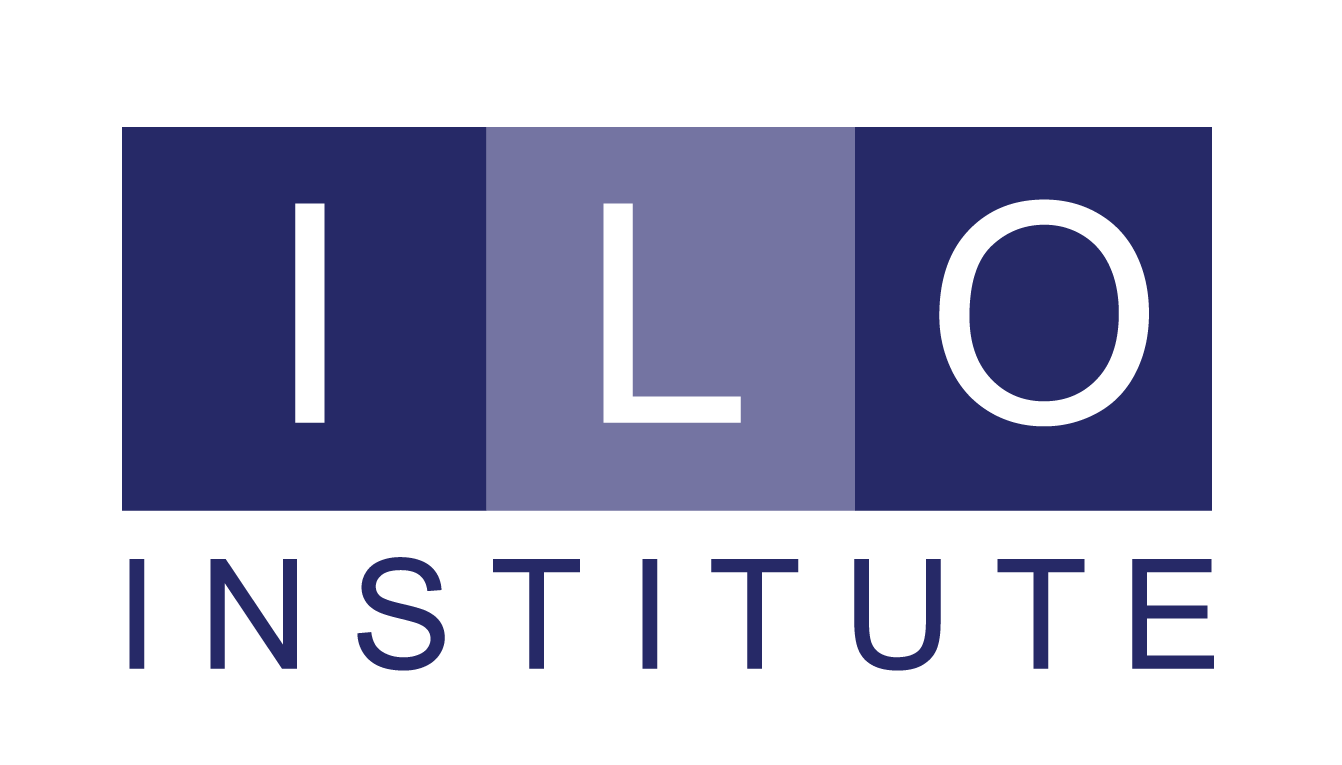Supply, Competition, and Quality
We’ve greatly valued several encounters at ILO with NYU professor Michael Spence, winner of the Nobel Prize in economics. Among his many very useful insights is this idea about how product or service quality is both a powerful market advantage and a driver of lower costs for marketing and customer engagement:
“Effective signals in a marketplace have the characteristic that the people with a high quality product have lower costs of emitting the signal than people with a low quality product. So when the equilibrium sets up in the marketplace, the high quality people will send the signal that they’re high quality and the low quality ones won’t do it.”
A great question to ask when you are introducing a new product or service, or re-thinking an important existing offering, is how close your market is to equilibrium.
If buyers have trouble finding useful supply, then improving quality won’t improve your overall position much. Your market is far from equilibrium.
This fits nicely with Clayton Christensen’s advice for how to disrupt an incumbent player, by emphasizing lower cost, “good enough” quality, and selling to customers who think they can’t afford your product or service category at all.
But if buyers have an abundance of good options, your next dollar of spend is likely to yield more if you improve the quality of what you offer, rather than spending it on messaging. When consumers have broad choice, and are well informed, consider changing your spending on outreach for a pretty good product or service. Move some of those dollars to quality improvement. When the reasonable and informed buyer *should* choose you above your competitors, you win in a market that’s close to equilibrium. And maturing digital technologies have driven most markets closer to that equilibrium (with social media itself as a notable exception).
